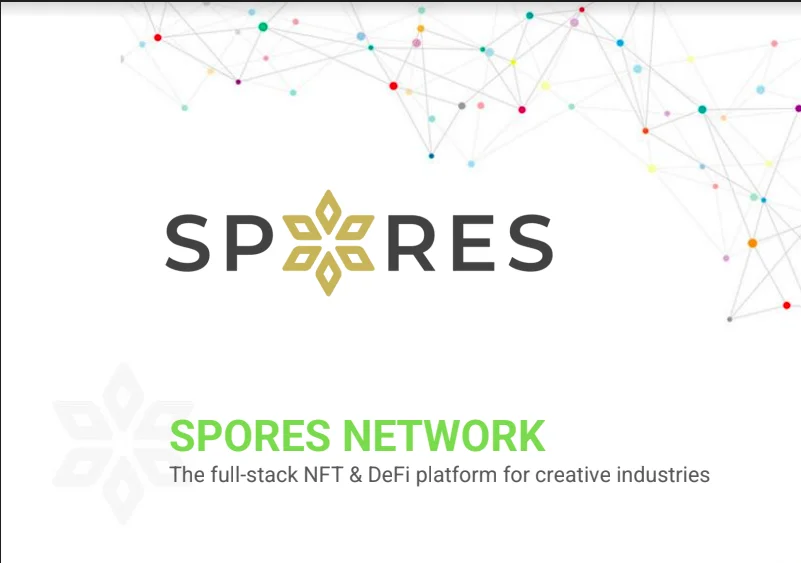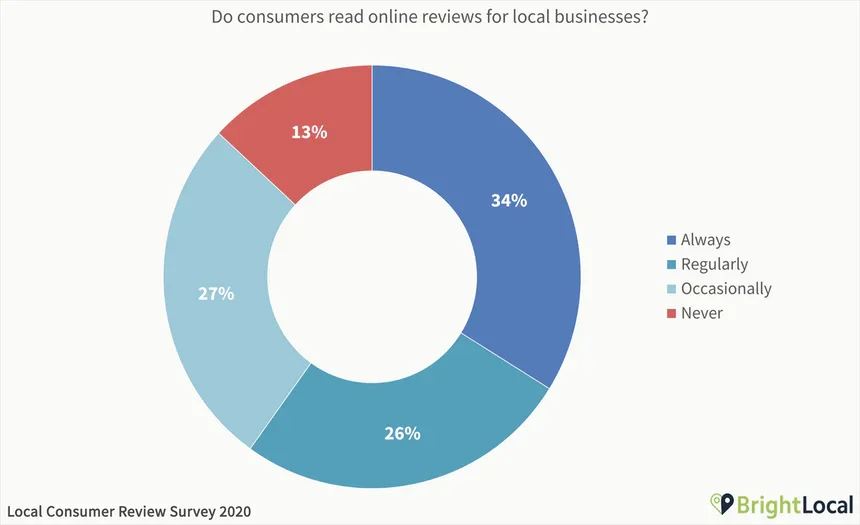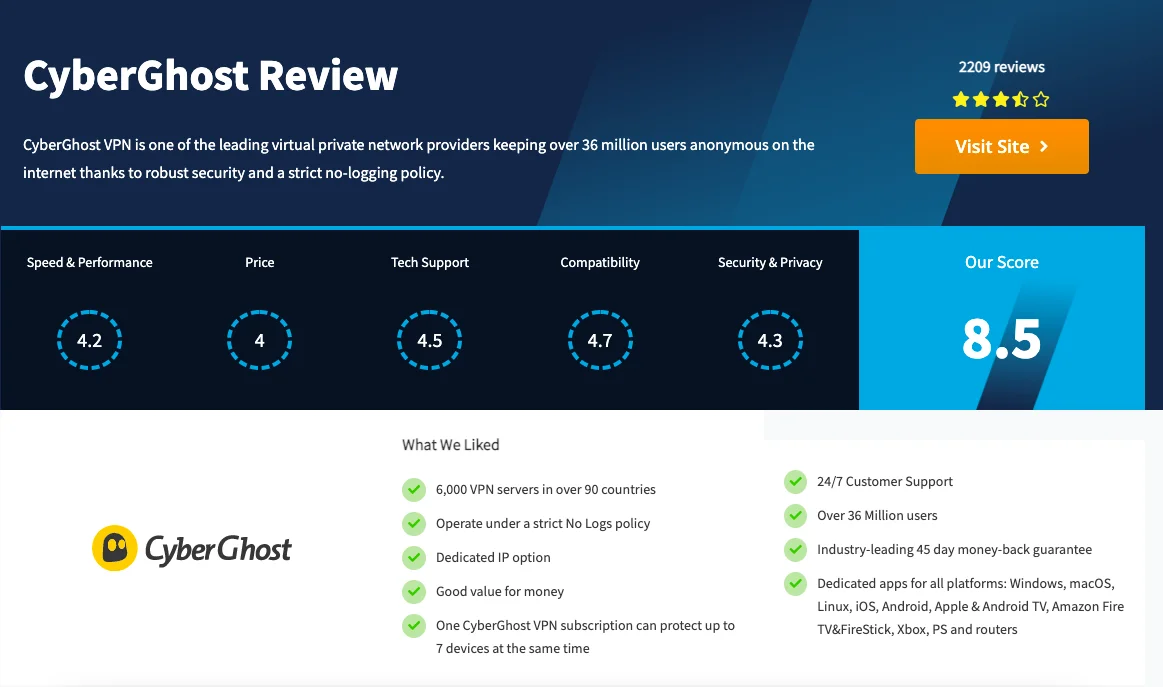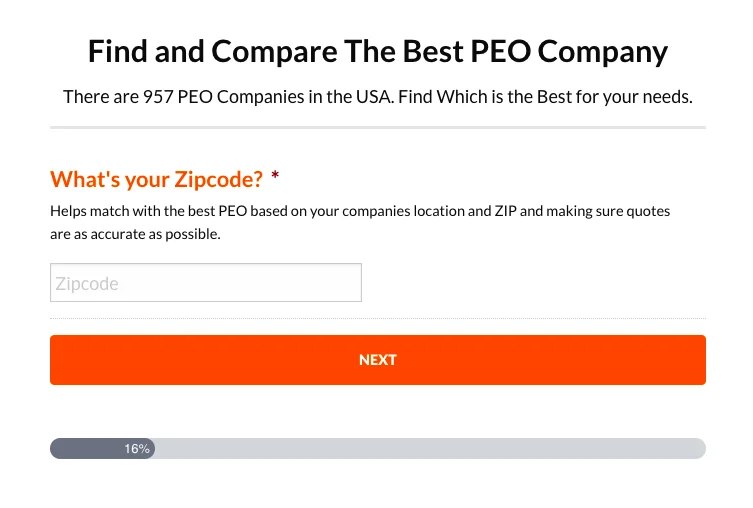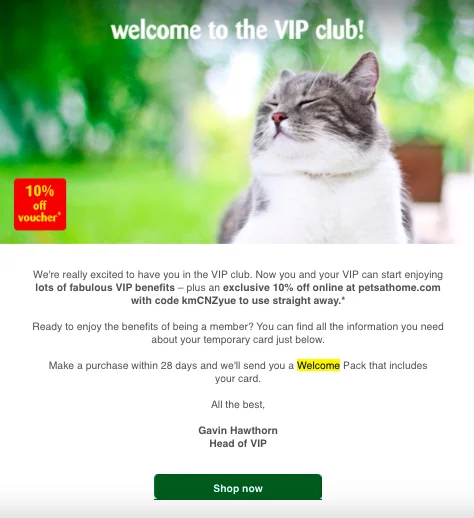Here’s How Inbound Marketing Drives The Ultimate Customer Experience
August 3, 2021 8 min read

Customer expectations have changed since the beginning of 2020. Research shows that consumers have become more thoughtful and selective since the pandemic. They want to build a connection with the companies they’re buying from.
So, where does inbound marketing fit into all this?
When done right, inbound marketing provides consumers with tailored content at each stage of the customer journey. As a result, the entire buying experience is relevant to the individual buyer, which improves the overall customer experience.
In this article, we’re going to take a look at this in more detail, outlining how you can use inbound marketing to drive the ultimate customer experience.
But first, let’s start from the top: What is inbound marketing?
What is Inbound Marketing?
Inbound marketing helps potential customers find your company by connecting them with valuable and tailored content.
Unlike outbound marketing, it forms a connection with the audience. This could be in the form of ads, social media posts, emails, blogs, videos, webinars, or even landing pages with a direct call widget.
But how exactly can you tailor your marketing to consumers?
One word: Data.
Companies collect data about their customers and use it to provide a personalized experience.
That data could be anything from age and location to how consumers behave on your website. All of it helps paint a picture of what consumers want when they’re figuring out what to buy.
Does Inbound Marketing Enhance the Customer Experience?
Yes, it does. But it’s not as easy as you might think.
As we’ve already mentioned, inbound marketing provides consumers with relevant content by analyzing data. As a result, companies can better understand customers and provide them with personalized content that’s useful, relevant, and timely. This provides consumers with a better experience.
But in practice, inbound marketing is a complex process. It’s not always easy to analyze the data and provide consumers with the content they want to see.
So, in theory, yes — inbound marketing can enhance the customer experience. But it takes a lot of skill and experience to use inbound marketing to its full potential.
How to Use Inbound Marketing to Improve the Customer Experience
Now, let’s look at how you can use inbound marketing to improve the buying experience for your customers, starting with content.
1. Create a Tailored Content Strategy
Your inbound marketing strategy should include a content strategy.
Why?
Because you need to make sure the content you’re creating will resonate with customers.
The content strategy should map out how to provide customers with information they find helpful without directly selling them your service. Let’s take a look at a couple of examples to illustrate what we mean.
Preply is a platform for learning subjects, languages, or hobbies with online tutors. Its blog is filled with relevant content without being overly promotional.
Take a look at this blog about the use of English plural nouns as an example:
The article allows the site to build authority on the topic and provides helpful information to the target audience.
Another example is creating whitepapers, which Spores.app does particularly well. Its website features whitepapers that resonate with the audience it’s trying to engage.
As a result, it attracts the target audience and positions itself as a reliable and trustworthy brand without being too pushy.
So how do you create a personalized content strategy?
Here are a few tips to get you started:
- Identify your target market: Step one is knowing who you’re targeting, so spend some time identifying your existing customer base.
- Plot the customer journey: Once you know who your customers are, you need to figure out how they move through your sales funnel. This will help you show them the right content at the right time.
- Figure out how you want to reach them: Pinpoint which platforms your consumers use. Do they use Facebook? Instagram? YouTube? It’s no use creating content for platforms your audience doesn’t use.
2. Use Customer and Company Reviews
Customers want to trust the companies they’re buying from. And with 34% of consumers always reading online reviews before making a purchase, it’s clear that reviews have the power to influence consumer behavior.
But reviews don’t just have to be from other consumers. You can create company reviews, too. This involves providing a detailed breakdown of a product or service to give consumers as much information as possible.
Take a look at this CyberGhost VPN Review from VPNGuru as a prime example.
Or this review of the best PEO companies, which allows the consumer to customize the content based on their requirements.
Not only does this type of review content show consumers that you are a reliable source of information, but it also ranks well on search engines.
Why?
Because it mentions a lot of top companies and has all the keywords that someone would be using when searching for a certain product. It’s a win-win.
Best practices when using reviews in your inbound marketing strategy:
- Keep your customer reviews up-to-date: Old reviews show consumers that your product or service isn’t in demand, which can be off-putting. So make sure you showcase your most recent reviews.
- Incentivize customer reviews: If you’re struggling to get new reviews from consumers, consider offering an incentive. For example, you might want to offer a discount code for a future purchase in exchange for a review.
- Use quotes from reviews in your ads: Use snippets from your online reviews as part of your paid advertising. This can be a great way to show consumers your brand is reliable without being overzealous.
3. Make the Most of SEO
For inbound marketing, SEO is used to target keywords and phrases that your consumers are searching for. This helps drive consumers to your website and provides them with a better experience when they get there.
Optimizing your website for SEO could be anything from creating specific landing pages to targeting key phrases or optimizing existing blogs.
But whatever you decide to do, remember that using SEO for inbound marketing isn’t about driving as much traffic as possible. It’s about attracting the right audience to your website and providing them with the content they want to see.
How to use SEO as part of your inbound marketing strategy:
- Regularly review keywords and phrases: Consumer needs change all the time, so make sure you constantly review the keywords and phrases you’re using and consistently review how the website performs concerning the keywords you’re targeting.
- Don’t forget search intent: It’s not enough to just find the keywords you want to target. You need to understand the search intent behind these phrases, too. If you don’t, there’s a chance you’ll experience a high bounce rate and a below-par customer experience. Platforms like Search Intent are a helpful resource.
- Build backlinks from high-domain websites: When building backlinks, make sure you contact websites with high domain authority, like Quora marketing. This will show Google that your website is trustworthy, and it’ll help your rankings.
4. Use an Email Marketing Platform
Email marketing platforms allow you to deliver personalized emails to your audience. You can segment the audience and send emails based on specific attributes. For example, their age, location, buying habits, or their stage in the customer journey.
And best of all, the platform will do all this for you automatically. But how exactly does it work?
By using the customer data you already have, you can segment your email subscribers. With this segmentation, the platform will allow you to automate certain emails, sending them to the right people at the right time.
Here’s an example of an automated welcome email to give you an idea of what we mean.
This email was sent to a customer when they signed up for the email list on a company website. No one had to send this email by hand. It was automatically sent via an email marketing platform.
Take a look at Benchmark Email to see what sort of features email automation platforms can offer.
How to use an email marketing platform for inbound marketing:
- Segment your audience: Using the data you have available, group your audience into segments. This allows you to send tailored content to your audience based on how you’ve grouped them. This could be previous interactions customers have had with your website, their order history, or any of their demographics.
- Align emails with the customer journey: Make sure emails are sent at the right time. The last thing you want is to send a welcome email to an existing customer.
- Track the results: To make sure your email automations are working, keep on top of the results. If customers aren’t interacting with your emails, you might need to return to the drawing board.
Use Inbound Marketing to Your Advantage
By trusting in the power of inbound marketing, you’ll be able to craft the ultimate customer experience and not only net new customers but hold onto the ones that you already have.
The tips outlined above will help you cater to your customers, providing a pleasant buying experience that they will be eager to return to for years to come.
Author Bio
Joanne Camarce is a digital marketing expert specializing in SEO, eCommerce, and social media. She loves meeting new people and embraces unique challenges. When she’s not wearing her marketing hat, you’ll find Joanne fine-tuning her art and music skills.




